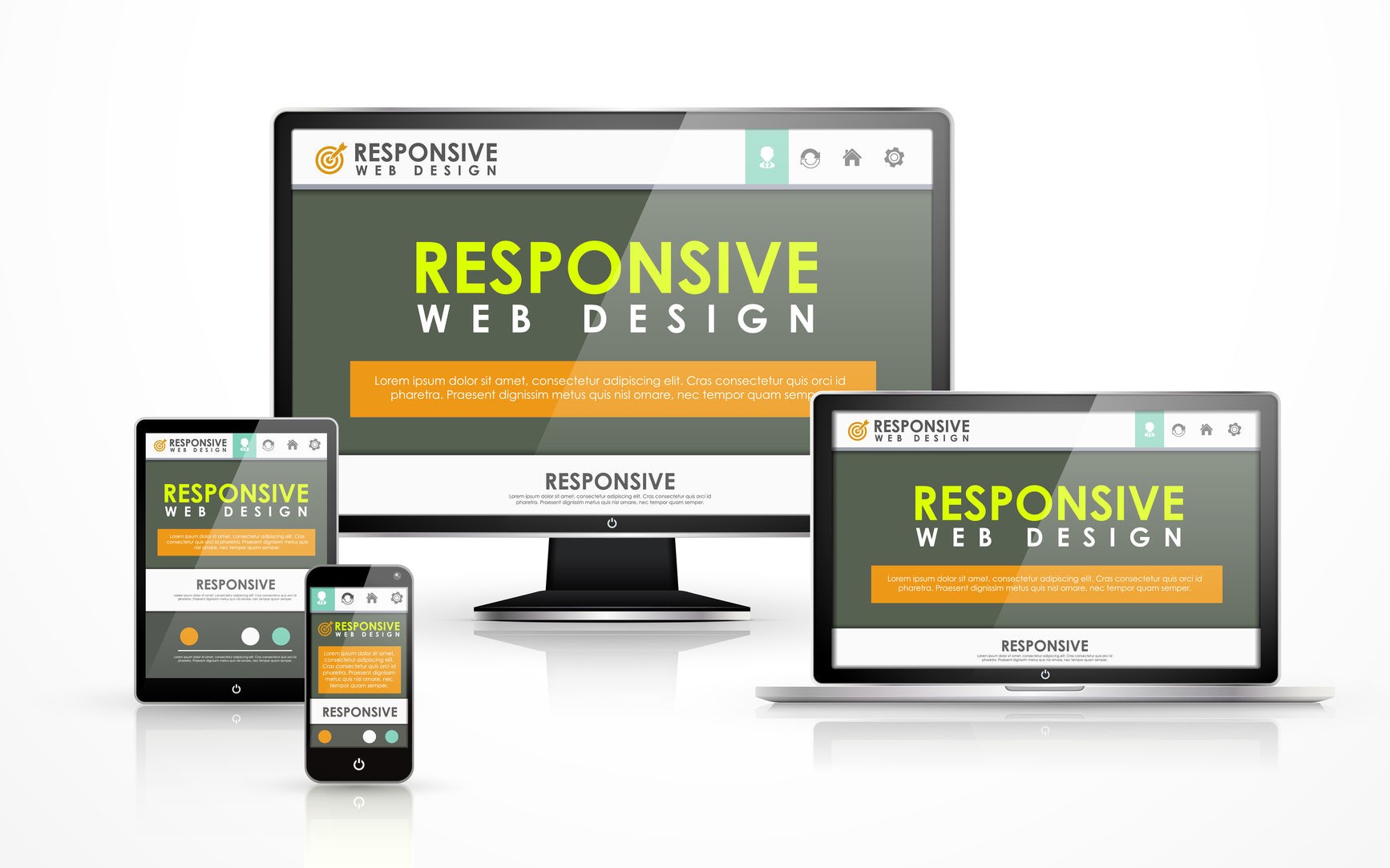5 Essential On-Site SEO Factors You Need to Know
This sectionpost explains the following: Essential On-Site SEO Factors You Need to Know. Whereas on-page SEO is relevant to individual pages, on-site features affect your SEO process on the website as a whole.
5 Essential On-Site SEO Factors You Need to Know
This sectionpost explains the following:

URL Optimization
URLs play an important role in SEO, and you need to plan holistically for making your URLs as SEO-friendly as possible. Each URL should be human-readable and not consist of a bunch of special characters or numbers mixed with words. It should be meaningful and should reflect what the site is about.
For example, https://www.webseoforbeginners.com is meaningful because it tells readers that the site offers a comprehensive array of topics and guides related to SEO.

Using hyphens (-) instead of underscores is a good practice recommended by Google. SEO experts advocate the use of canonical tags or 301 redirects for duplicate pages or pages with similar content; otherwise the value of the content may be negated, because as ranking signals may split it across the multiple URLs. For “404 Page not found” errors, you need to use 301 redirects to guide users to a working URL for that content.
Using a robots.txt file helps inform search engines about pages to be ignored while crawling the site.
For example, a Contact Us page or About Us page may be useful if users need to access or buy a product or need help from the customer service department.
However, a normal user may not find the Disclaimers page important and hardly skim such pages. So, it is essential to educate crawlers about which pages need to be indexed for SEO processes. You can also indicate broken links and 404 pages in the robots.txt file.
SEO experts advocate the user of a favicon on the title bar next to the URL, because it lends credibility and helps with effective branding. It helps users recognize your site and improves trustworthiness significantly. Although there are no direct benefits from favicons from a SEO perspective, they enhance usability.
Bookmarks in the Google Chrome browser send out signals to the Google search engine that maps bookmarks for sites on the Web. This it is not a major factor, but it certainly helps from a user perspective.
Site Maps
There are two types of site maps: XML site maps, which are tailored to search engines; and HTML site maps, which are directed toward users.
An XML site map contains a machine-readable list of pages on your site that you want search engines to index for SEO purposes. It contains information for crawlers such as the last update, its relevance or importance, alterations, and related data.
XML site maps are domain-related and help spiders perform a deep search of web pages.

For example, issues such as broken links or a lack of internal linking can be crucial factors that may result in crawlers not being able to index pages. There is no guarantee that a site map will cause crawlers to index all of your website’s pages; however, it will significantly help with accessibility, because search engines can digest such data easily.
An HTML site map is tailored to your website’s users and helps users locate different pages. All categories and products can be listed explicitly. It streamlines the user experience by making users familiar with your website and provides better semantics.
UX is a vital aspect of SEO, so it is a good practice to include both XML and HTML site maps in your process. Make sure your XML site maps for searchengines are exhaustive; on the other hand, HTML site maps should be more concise so users can navigate them more easily.
Domain Trust and Local Domains
Your domain can be a key ranking factor because it creates trust and credibility for site users.
Studies suggest that domains registered for two years or longer were considered more trustworthy than new domains. Use the .com domain extension, because it is more common than .org and other extensions. Domain localization —catering to a specific country or city—may prove to be a game changer.
For example, .co.uk caters to the United Kingdom and is more specific to users in that region and those with business links to the UK.
Choosing a domain with a good reputation is helpful. If the domain has been assessed some kind of penalty, it can be detrimental to your business due to lack of credibility.
Using keywords in a domain name may be useful; however, given all the keywords that have already been used by websites, you may not be able to have the domain name of your choice.
Your domain name is crucial, because it indicates what your site is all about. Opt for a simpler, unique, relevant domain name rather than a sensational name, to help users connect with your site. You can use an online dictionary to check words related to your service or product.
You can also use a combination of two or three words, such as DealOn, ScoutMob, or HomeRun. You can even think outside of the box and come up with something really creative, such as Reddit, Google, and Yelp, to name a few.
Again, focus on your prospective customers and come up with something catchy and easy to spell that they can relate to; for example, if you search for plumbers or plumbing in Miami, you see http://www.miami-plumbers.com/ in the results. The name conveys that this is a plumbing business and the region (Miami) where they provide plumbing services.
Mobile Site Optimization and Responsive Websites
The digital marketing era has seen the rise of smartphones as the preferred option for online purchasing, e-commerce, and finding informative content on the Web.
Designers used to create a desktop version and then remove heavy-duty elements to create a watered-down version for mobile devices. But with the advent of online marketing and social media, mobile phones and tablets have gained prominence.

Studies suggest that most internet traffic comes through mobile phones and tablets—they have largely surpassed desktop websites. Even web design frameworks such as Bootstrap and Foundation use the mobile-first approach, because the target audience has undergone a major shift from desktop users to mobile users.
Until recently, designers created two sites: one optimized for mobiles and the other for desktops. It is essential to focus more on mobile site optimization than the desktop version.
However, this can be tricky if the mobile version is a stripped-down version with fewer features and less content than the desktop site. Moreover, this means you have two URLs for the same site with similar content, so you need to use the canonical tag. In addition, a watered-down mobile site results in a pathetic UX.
Enter responsive web design: an excellent alternative that uses a single URL for both the mobile and desktop sites. Responsiveness is rated highly by Google. All the features and content of a desktop site are present on the mobile version, meaning there is no compromise on content display; the site is user friendly and ensures an optimal UX.
The bounce rate will be lower, because users can get the same information on mobiles as well as desktops. Because there is only one URL, there is no redirect, resulting in faster page loading times.
Because Google highly recommends this approach, responsive web design is here to stay. Currently, Google marks websites as mobile-friendly in mobile searches to help its users identify which websites are likely to work best on their device.
Site-Loading Speed
Site- or page- loading speed is an important attribute, because Google and other search engines penalize sites that take a long time to load. An optimal page-load time leads to better conversion and improves the salability of your products.

Pages that take a long time to load may frustrate users and cause negative UX, leading to higher bounce rates. Loss of internet traffic or a bad user experience can damage the site’s reputation.
There are several ways you can improve your page-load speed:
• Minifying CSS, JavaScript, and other files
• Minimizing HTTP requests
• Using an efficient server configuration and good bandwidth
• Archiving redundant data in the database, and cleaning out trash and spam
• Using fewer plug-ins and third-party utilities
• Interchanging data and images, depending on the screen size
• Avoiding inline styles, and keeping presentation separate from markup
• Using a content delivery network (CDN)
Si quieres conocer otros artículos parecidos a 5 Essential On-Site SEO Factors You Need to Know puedes visitar la categoría SEO Foundations.
Leave a Reply